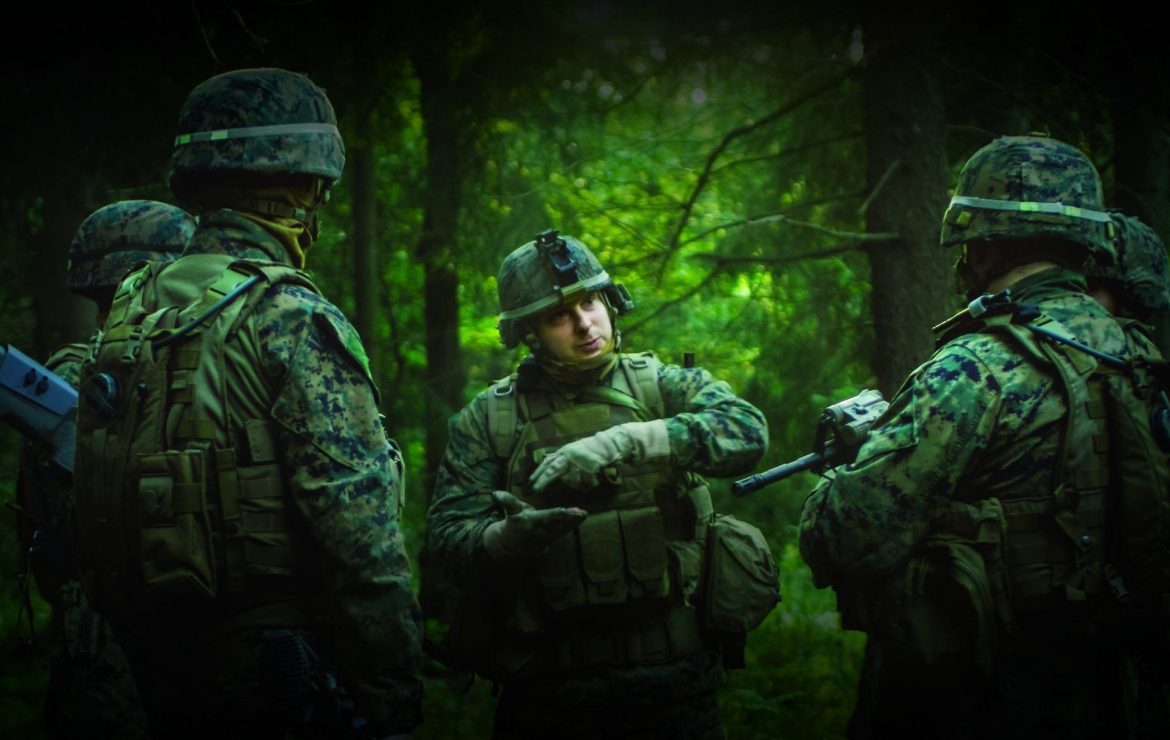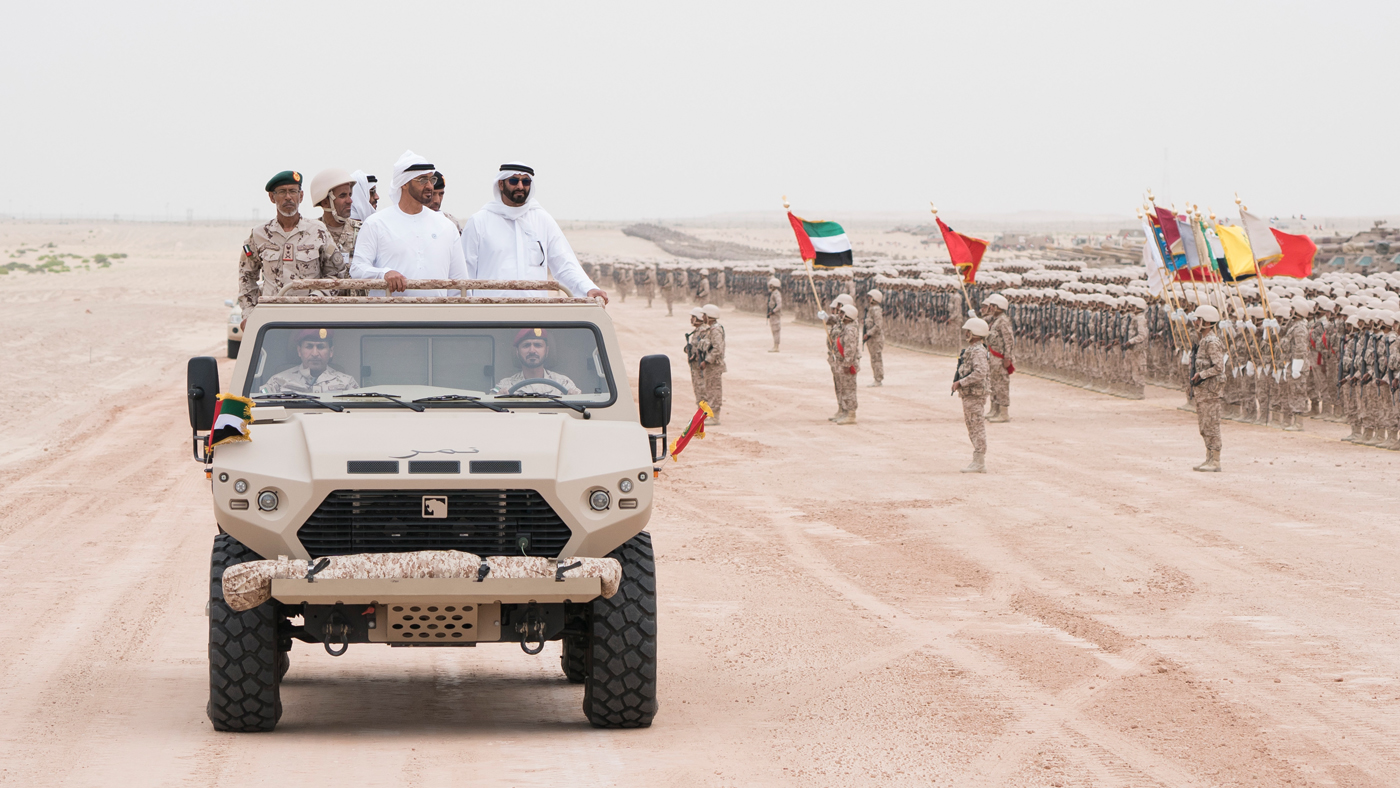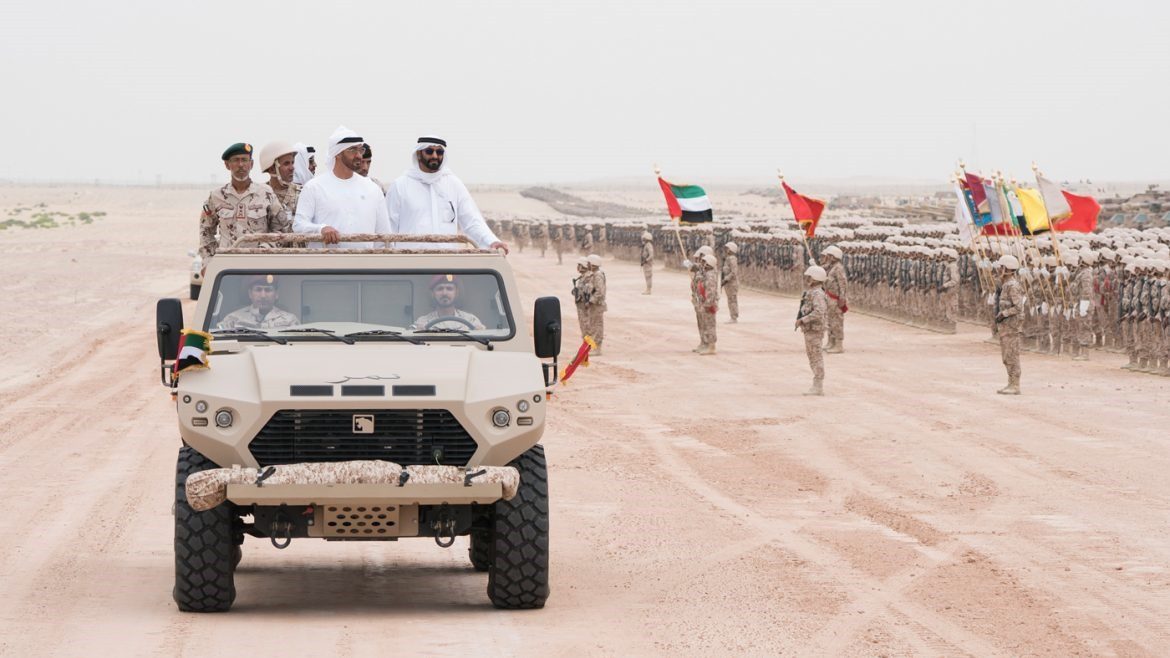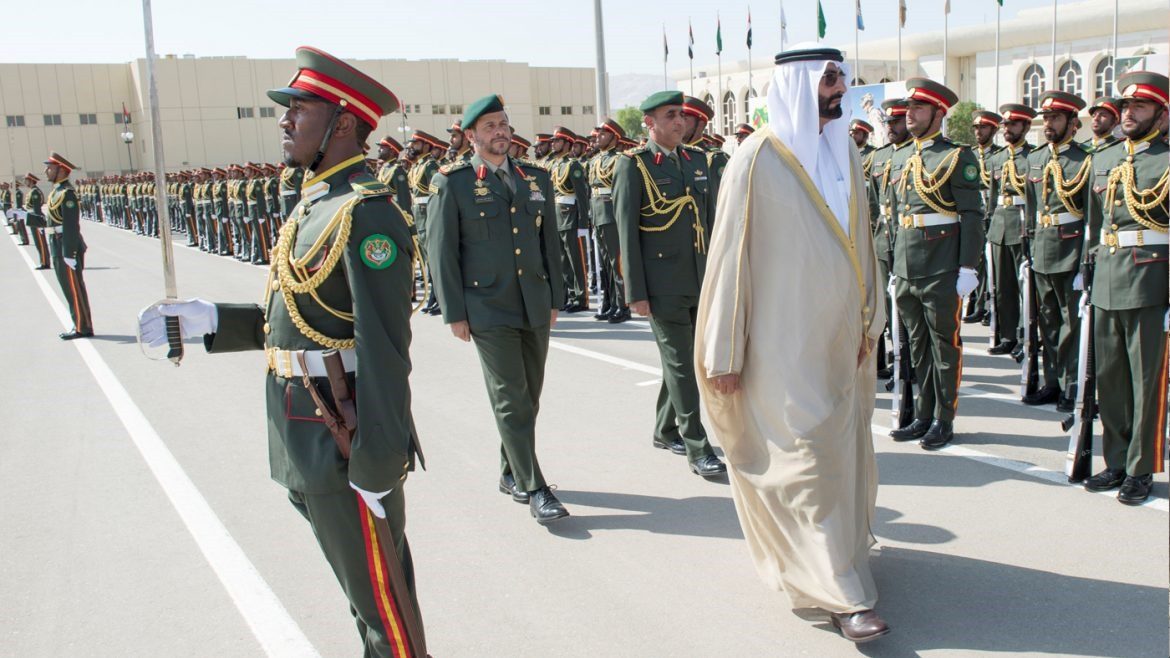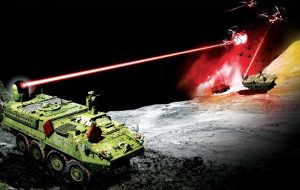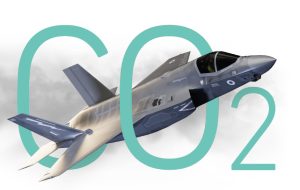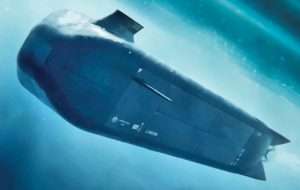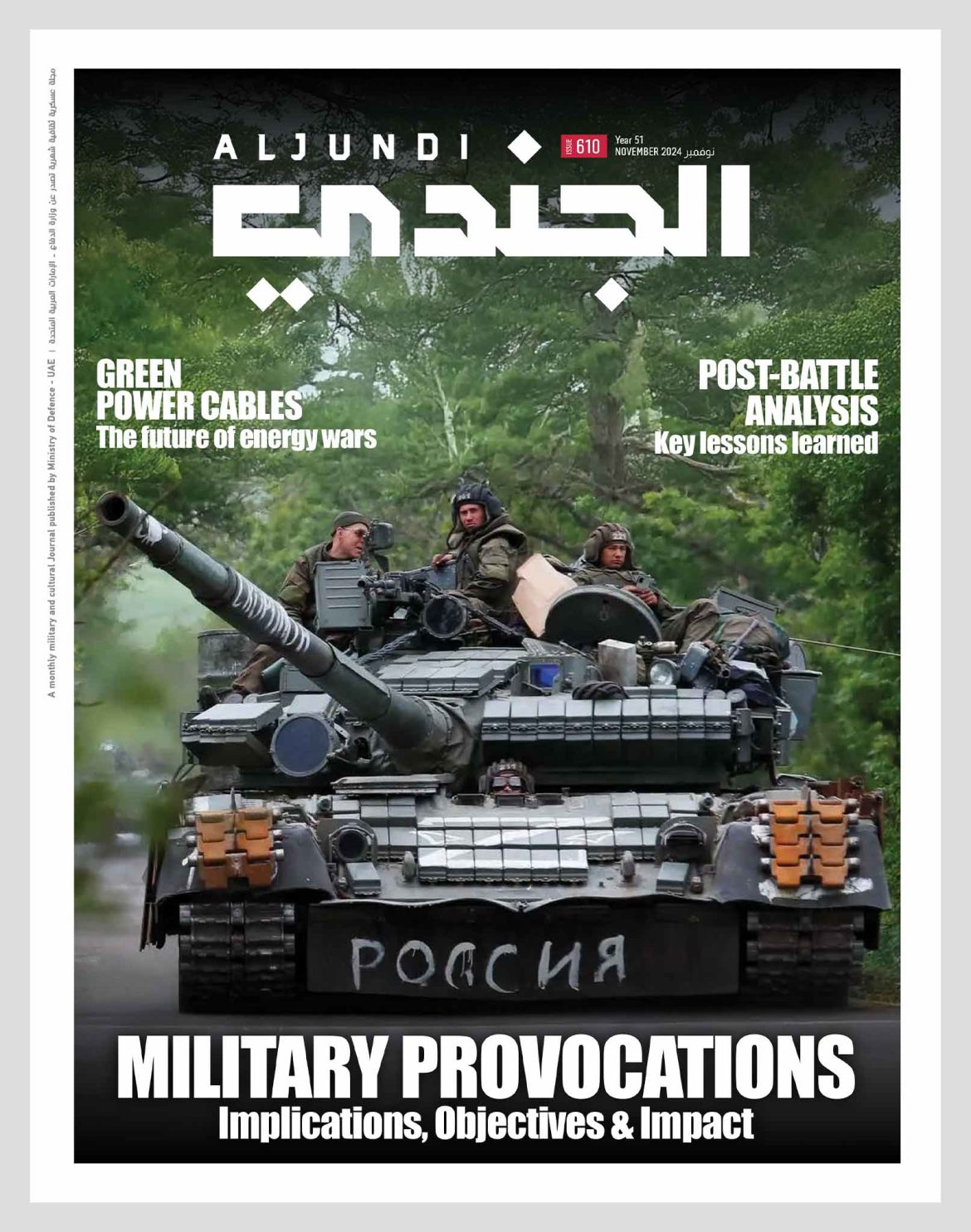The changing character of modern conflict requires nation-states to invest in critical technologies in order to compete effectively against near peers and adversaries. According to General John Hyten, Vice Chairman of the U.S. Joint Chiefs of Staff, future conflict will require forces to “integrate and effectively command and control all domains in a conflict or in a crisis seamlessly — and we don’t know how to do that…Nobody knows how to do that.” An evolving view of the next-generation command and control, named Combined Joint All Domain Command and Control (CJADC2), proposes that the outcomes of future conflicts will be determined by the ability to accelerate decision-action cycles so as to overwhelm an adversary’s ability to react to competing dilemmas. While immensely complex, many are already investing heavily to achieve these capabilities. The path to success, however, begins with increasing the effectiveness of command and control (C2) systems at the tactical level, particularly for ground forces.
At the tactical layer, information must be secure, reliable, and readily available, enabling units to share critical data concerning all aspects of the area of operations. Information about the terrain, operational plans and graphics, and detailed unit locations must be complemented with an understanding of the human terrain, intelligence activities, weather patterns, communications networks, and logistics. Additionally, the information must be available in equal measure within command posts, on mounted and aviation assets, and to dismounted forces. For the U.S. Department of Defense, this suite of capabilities is nested within the Joint Battle Command-Platform (JBC-P).
Next Generation Capability Available and Accessible
Since its initial conceptual introduction to replace the clumsily named Force XXI Battle Command for Brigade and Below (FBCB2) program in 2008, through its ongoing fielding within the U.S. Department of Defense, JBC-P has consistently improved its performance. Early concept development and experimentation identified key technology gaps. To overcome these shortfalls, improvements to the system design were iteratively implemented to meet effectiveness, suitability, and survivability standards. This effort culminated with the first U.S. Army unit fielding JBC-P in 2015. This effort also provided a “next-generation friendly force tracking system” to serve as a baseline for enhanced tactical decision making.
Continual revisions have yielded improvements in cyber protection, data accuracy, and establishing an open architecture framework to more readily encompass future capabilities. Upgrades in cyber protection enabled the DoD to establish a cyber posture that is equally effective in counterterror and large-scale combat operations, providing a broader range of options to senior leaders. This improved protective posture is a principal driver behind the U.S. Army’s acceleration of the JBC-P fielding timeline, intending to deploy the platform across its entirety by 2024, two years ahead of its initial schedule. Increases in accuracy are achieved through broader sensor integration and a faster satellite network. Accordingly, users can access greater detail while simultaneously lowering the length of time needed to refresh system information, both of which lower the risk of fratricide. Most recently, JBC-P was configured to leverage a modular open systems architecture. As new C2 capabilities are developed, they can be incorporated and subsequently utilized by JBC-P through a standardized multi-card reader. The new “box” converges “mission command, movement and maneuver, and fires into one system versus the current method of integrating a multitude of separate capability ‘boxes.'” Taken holistically, these latest improvements enable JBC-P to serve as a start point for a future CJADC2 framework.
In addition to its versatility, another advantage of JBC-P is its relative ease of implementation. New innovative capabilities do not generate increases in effectiveness by their delivery to a unit. New capabilities must be fully integrated through doctrine, training, and leadership development activities to reduce the organizational cost (time and labor) needed to establish proficiency. If the new capability requires the user to learn all new skill sets, then the organizational cost is higher, and therefore implementation is harder.
JBC-P, however, lowers the threshold for effective implementation by having a relatively short initial training requirement. This is accomplished by utilizing well-understood user interface modes such as an interactive touch screen display with free draw features and common chat functions. Together, these features intuitively increase user comfort and simplify collaborative planning over distance as well as the dissemination of orders, graphics, and sketches. Within the U.S. Army, JBC-P is also serving as the standard solution across command posts, mounted vehicles, and dismounted formations. This, combined with becoming the standard baseline system across the U.S. Army’s total force (active, reserve, and national guard), enables training and education efforts to leverage an economy of scale. If a soldier assigned to one unit is reassigned elsewhere, his training will still be as applicable in the new location as it was in the previous. Among dismounted formations, implementing JBC-P enjoys another advantage. The system can run on both Android and iPhones with precedents for both already established within the U.S. Army, Marine Corps, and Special Operations Command. With users already well familiarized with operating the hardware, implementing the new applications becomes easier to accomplish.
A third advantage provided by JBC-P is its support for a broad palette of battlefield actions making it extremely practical. The platform allows for the integration of planning and operational activities to include route planning, adjacent unit coordination, and deconfliction of fires. Additionally, it incorporates combat messaging, both point to point and group broadcasting. Logistics actions are also incorporated; most notable among those are standardized medical evacuation requests. Furthermore, the system incorporates intelligence-gathering activities by integrating the Tactical Ground Reporting System (TGRS). Developed by the Defense Advanced Research Projects Agency (DARPA), TGRS is a cloud-based, small unit comprehensive human terrain mapping tool that enables the collection, sharing, and analysis of data related to the operational environment. Data collection can include key areas, structures, capabilities, organizations, people, and events, adding depth to the collective situational awareness.
Importantly, it is unclear whether JBC-P was initially designed to meet the needs of an interoperable combined tactical force. While the system is versatile, intuitive, practical and available to allies and partners, there are enhancements that could improve its accessibility and thereby further entice its broader adoption. One potential improvement is the addition of a language and symbols library to facilitate integration into military formations where English is not commonly understood within the ranks. To complement a language expansion pack, another valuable feature would include real-time translation filters to mitigate the potential shortage of suitable linguists within tactical command posts.
Another improvement would be the accelerated introduction of a shared data environment where the interchange of operational data between allies and partners is possible without the imposition of firewalls and gateways. One example of a shared data environment is the Mission Partner Environment (MPE). The MPE is a product of lessons learned during coalition operations in Iraq and Afghanistan and is based on the premise that coalition activities could move “off of national secret networks to a tailored mission network in which all coalition members share and operate as equals.” While requiring a culture shift among partners and allies, a shared environment would have clear advantages for JBC-P users. It would enable increased holistic understanding across an entire area of operations instead of being limited to the understanding generated from the experiences of each partner’s isolated operations. The absence of a coalition network does not cancel out the advantages available to a ground force through JBC-P, but its potential is unlikely to be fully realized without it.
Conclusion
While creating the conditions for achieving seamless all domain operations is still many years away, tactical integration is possible now and can serve as a building block towards the future. JBC-P provides one piece of the tactical puzzle. The system offers several advantages while also supporting iterative expansion as new capabilities are developed. Although more work is necessary to achieve fully interoperable tactical operations, JBC-P is a much-needed step towards creating next-generation command and control.
» By:Rafael Lopez (Senior Military Fellow, Institute for National Security Studies, National Defense University)


